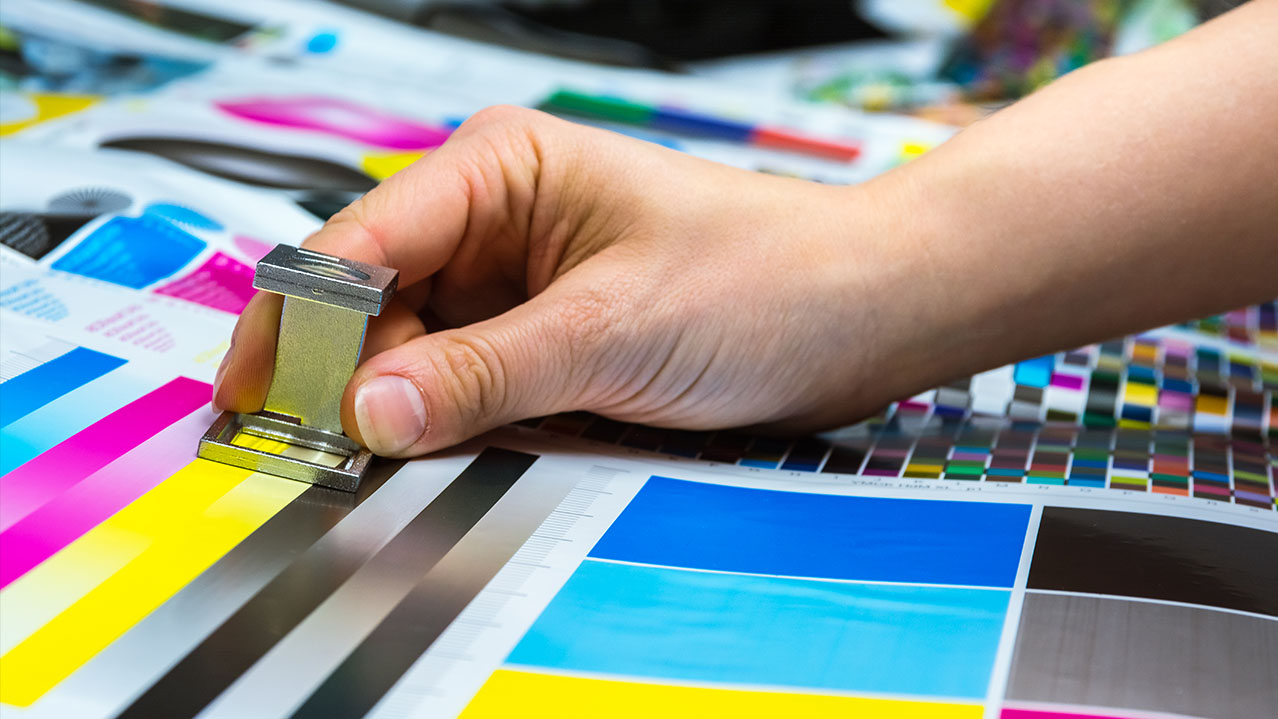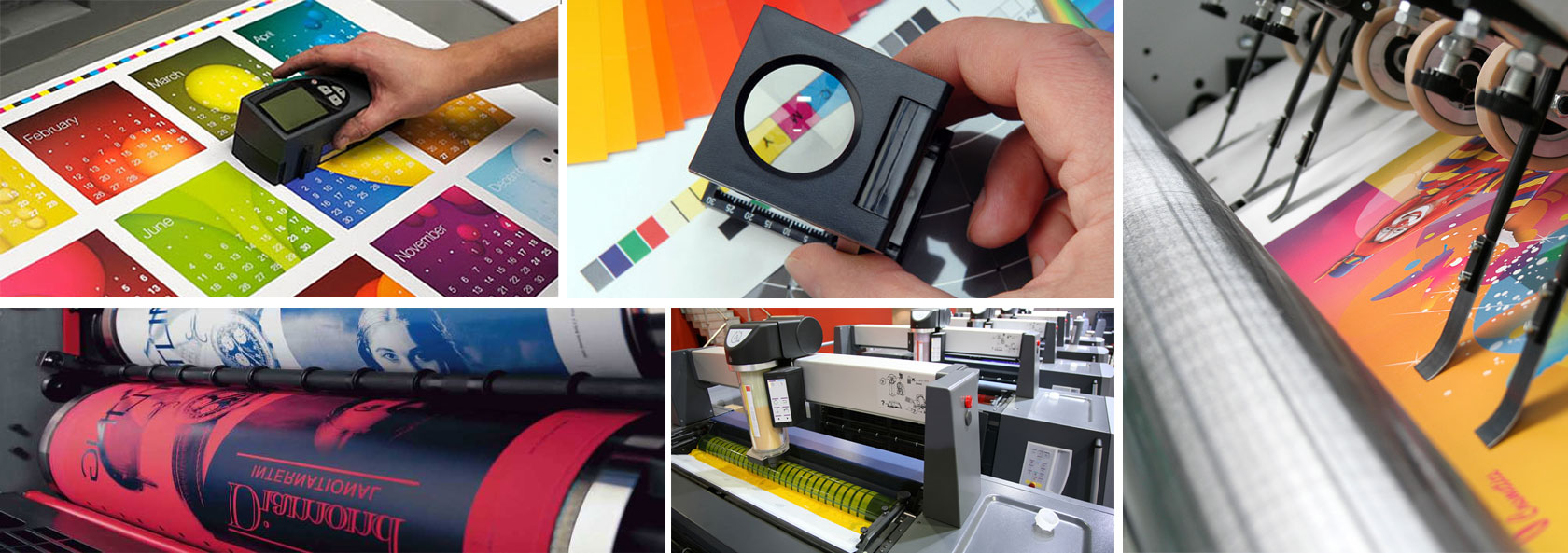How litho printing Delivers Sharp and Vibrant Prints
How litho printing Delivers Sharp and Vibrant Prints
Blog Article
A Comprehensive Guide to Understanding Litho Printing Techniques
The world of litho printing, a technique originating from the late 18th century, is a remarkable blend of history, science, art and innovation. Remain with us as we journey right into the exciting realm of litho printing.
The Historical Evolution of Litho Printing
The historic trajectory of litho printing, an essential technology in the realm of communication, is an exciting story of human ingenuity. Birthed in the late 18th century by Alois Senefelder, this method was originally an economical method of publishing theatrical works. Lithography, originated from the Greek words for 'stone' and 'to create', made use of a smooth rock surface to move images onto paper. The process developed with the advent of the rotary press, which greatly enhanced productivity (litho printing). In the 20th century, the innovation of countered lithography revolutionized the sector, enabling for automation of premium prints. Each stage of litho printing's advancement showcases mankind's ruthless quest of effectiveness and top quality in aesthetic communication.
Translating the Scientific Research Behind Litho Printing Inks
Progressing in the exploration of litho printing methods, the emphasis now shifts to the scientific research behind litho printing inks. The structure of these inks, their drying process, and shade mixing strategies develop the foundation of this complicated art type. Recognizing these components is important to mastering the craft and attaining the desired print results.
Composition of Litho Inks
In lithographic printing, the fundamental duty of litho inks can not be overstated. The structure of litho inks varies depending on its objective, but normally, they contain 2 primary elements - pigments and cars. Pigments, the color-providing components, are finely ground fragments suspended in the automobile, a fluid that lugs the pigment onto the printing surface area. The vehicle is a complicated mixture of resins, solvents, and oils, which influence the ink's drying out time, bond, and gloss. In addition, different additives are existing to enhance specific residential or commercial properties like circulation, drying, and resistance to ecological impacts. Each element plays a vital component in the final print's top quality, making the exact formula of litho inks a complex scientific research.
Ink Drying Process
From the composition of litho inks, attention turns to the fascinating process of ink drying out. The drying out procedure is crucial, as it influences the final print's high quality and long life. 2 key techniques are used in litho printing: oxidative drying and absorption. Oxidative drying out entails the ink reacting with oxygen airborne to form a difficult, dry film. This approach offers a sturdy finish, but can be slower contrasted to absorption. Absorption, on the other hand, includes the ink leaking into the paper fibers, which is a quicker procedure but can bring about less dynamic shades. The choice in between these approaches depends on factors such as print speed demands, the paper kind made use of, and the preferred coating.
Shade Combining Methods
While the drying process plays a key duty in litho printing, the science of color mixing methods holds equivalent significance. This is a complex procedure that entails the mindful mixing of primaries: cyan, magenta, and yellow, in varying percentages to attain a large range of tones. The enhancement of black ink, known as 'key', helps in managing the strength and depth of the shades. The scientific research behind litho printing inks likewise thinks about the transparency of the ink, which impacts how shades overlay and mix. To accomplish an efficient color mix, print specialists need to also comprehend the intricacies of ink habits, color concept, and the physical properties of the substratum on which the ink is used.
The Art and Layout Components in Litho Printing
Litho printing takes a breath life right into art and style with its distinct elements. Litho printing accommodates a selection of colors, making it possible for artists to develop dynamic and dynamic prints. This combination of precision and flexibility makes litho printing a favored selection for several musicians and developers.
Modern Applications of Litho Printing Methods
Litho printing methods have located substantial usage in the modern-day commercial market. Its influence and relevance remain to grow with the advent of brand-new developments and innovations in the area. This section will certainly discover these modern applications and the transformative duty they play in the printing sector.
Industrial Litho Printing Uses
Litho printing continues to be a critical component of the commercial sector. High-volume printing tasks, site link such as the production of publications, newspapers, and packaging, rely on litho printing for its ability to provide superior picture high quality and cost performance. Litho printing additionally provides a broad color spectrum, premium to that of electronic printing.
Advancements in Litho Printing
Pushing the limits of standard methods, modern developments have sustained a host of developments in litho printing. One prominent development is digital litho printing, a knockout post which integrates the virtues of electronic innovation with litho's top quality outcome. These advancements highlight the enduring relevance of litho printing in the contemporary world.
Discovering the Process of Litho Printing: Step by Step

Challenges and Solutions in Contemporary Litho Printing

In spite of the accuracy and practice that litho printing proudly upholds, it is not without its collection of modern challenges. One of the most common concerns consist of the high preliminary setup cost, difficulty in printing variable information, and ecological issues as a result of chemical use. Services are arising as innovation develops. Digital litho printing permits cost-efficient short runs and very easy personalization, addressing the issue of variable information. Environmentally-friendly inks and more secure plate-making procedures alleviate ecological problems. Additionally, developments in automation have reduced labor expenses, further democratizing the lithography procedure. Hence, while there are obstacles, the litho printing sector is proactively adjusting to satisfy them head-on, guaranteeing its relevance in the future.
Final thought
In conclusion, litho printing, with its rich background and scientific details, holds a considerable area in the print market. The future of litho printing pivots on its capability to adapt to these altering demands, verifying its enduring worth in an advancing market.

Report this page